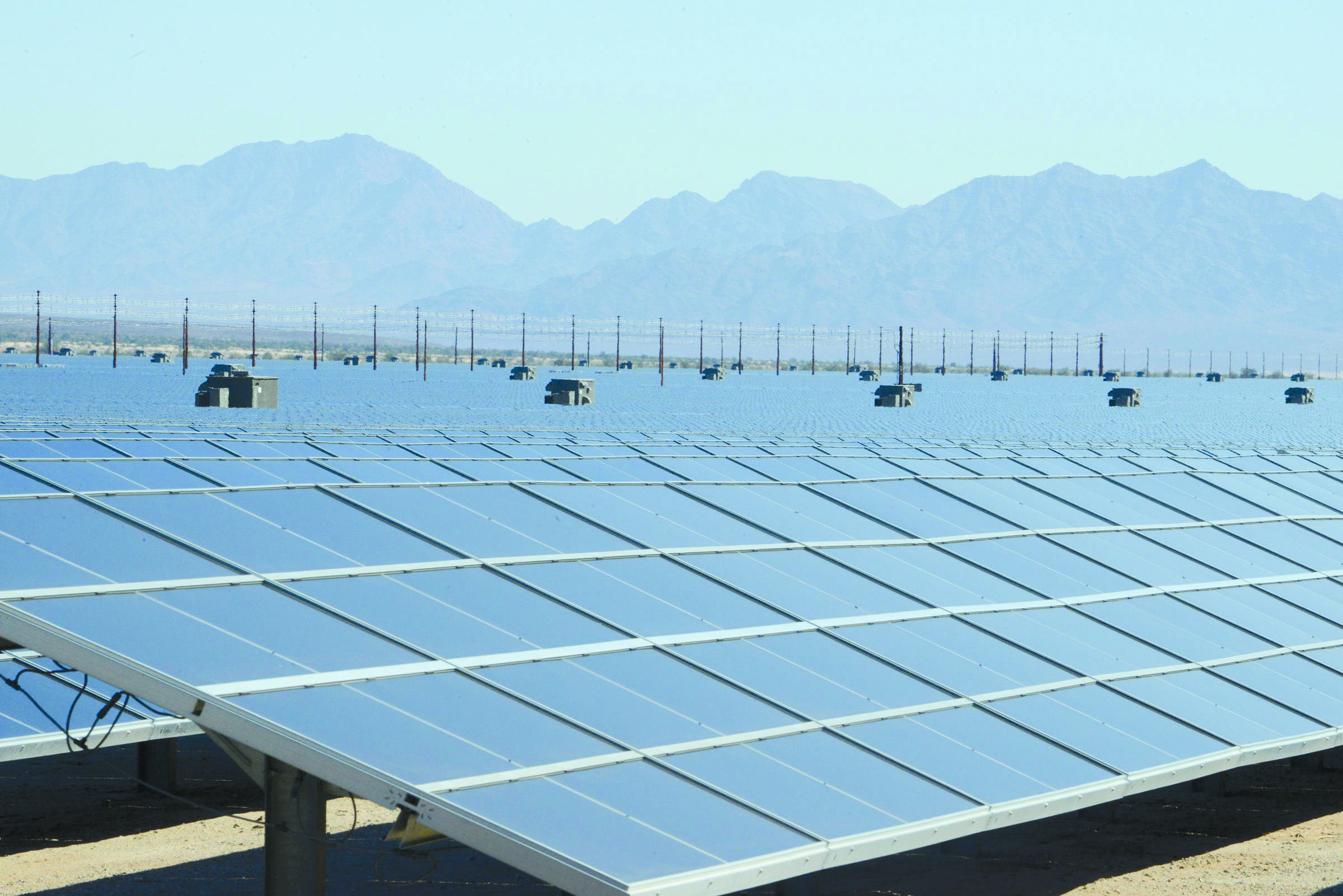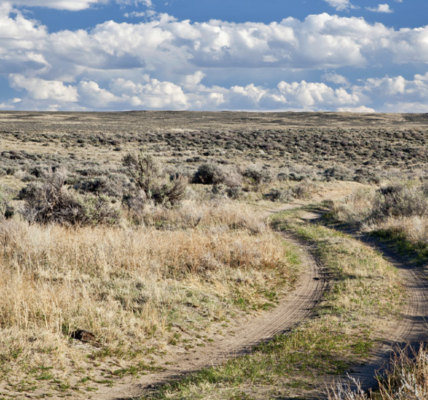
By Zac Sonntag
Casper Star-Tribune
Via- Wyoming News Exchange
CASPER — For a long time they said it would happen. And now they say it’s happening.
A new report shows that in the U.S. this year renewable electricity — for the first time on record — will surpass electric power generation from coal, marking a threshold moment in a wider energy transition that’s speeding up around the globe.
The Energy Information Administration’s Short Term Energy Outlook Report says that combined generation from wind and solar will overtake generation from coal by more than 90 billion kilowatt hours in 2024.
The growth in the U.S. renewable market dovetails with trends around the world, according to reports from the International Energy Agency, which estimates that renewable capacity in the five-year period from 2022 to 2027 will expand by 2,400 gigawatts — an amount roughly equal to the total power capacity of China today.
An energy crisis set off by Russia’s invasion of Ukraine stoked “unprecedented momentum“ for renewables as nations responded by hyper-prioritizing energy security and independence. Now the combination of production tax credits, environmental policy, and geopolitical necessity have put renewables on track to be the dominant source of electric generation.
For the state of Wyoming, which accounts for more than 40% of the nation’s total coal production, the implications are big.
In 2024 the U.S. will see its lowest annual coal production since the early 1960s, according to the agency.
The coal industry provides around 17% of the state’s revenue, which is down from previous years and all but certain to drop more as contributions from the sector’s state property tax, severance tax, split federal mineral royalties, and sales tax on mining equipment all diminish. Traditionally, most of that revenue has been allocated to the state’s school system, but experts say pressure is building on lawmakers to find new sources for essential funding.
“Coal has built schools and facilities in every single county in Wyoming over the past 30 years. But that money is gone,” said Travis Deti, executive director of the Wyoming Mining Association, an industry trade group, “So the implications are large.”
Deti is also concerned the transition away from coal is proceeding too quickly, which could put grid reliability at risk.
“I think what’s coming to light now is this issue of reliability, because, frankly, we are transitioning too fast. And the grids across the country have become unstable,” Deti said, citing the North American Electric Reliability Council.
The renewable takeover is being driven by solar photovoltaic, which is projected to expand by 39% adding 37 gigawatts of capacity in 2024, the EIA forecasts. The growth is being propelled by climate conscious consumers, increased price competitiveness, as well as manufacturing tax credits paired with strategic trade policies.
The U.S. recently imposed tariffs on photovoltaic products manufactured abroad, which it hopes will foster a domestic value chain while diversifying a world market currently dominated by China, who today accounts for more than 80% of global manufacturing capacity in solar PV technology, according to the IEA.
Analysts believe that across the world, solar generation alone will triple in the five-year period from 2022 and 2027, surpassing both natural gas and coal in electric generation, a transition taking place mainly in China, the EU, the U.S. and India.
With strong, high-altitude sunshine, and cooler temperatures that increase photovoltaic efficiency, the Cowboy State has plenty of solar potential.
But competing interests and complicated energy politics has made Wyoming late to the game.
Ranked as one of the top 10 U.S. states for solar potential, Wyoming is 43rd for production, with less than 1% of its generation coming from solar.
One of the reasons Wyoming produces such little solar, advocates say, is that the state only allows very large or very small PV projects.
For example, law requires rooftop solar installations to be under 25 kilowatts in order to connect to the grid. And while that’s plenty for a household, it limits overall production and energy redistribution.
At the other end are utility scale solar farms. The difficulty with these larger projects, though, relates to siting and permitting.
“Considering our public lands and permitting, our resource conflicts and all of those other issues, when you try and build really big projects, it’s a lot harder in a state like Wyoming,” said Shannon Anderson, attorney with the advocacy group Powder River Basin Resource Council.
The state’s only utility-scale project in operation on public lands, the 92-megawatt Sweetwater Solar operation in Green River, was decried when wildlife biologists determined the development has inhibited wildlife migration.
“That’s why smaller projects make a lot more sense, because you can do them on previously disturbed lands or in urban areas. You don’t have to do them on the BLM lands in the middle of nowhere, so you need less transmission,” she said. “It makes sense to do them in more urban developed areas closer to load, closer to substations. But unfortunately, we have some limiting factors with our state law.”
With coal, legislators have been more agreeable.
In recent years lawmakers have passed bills that allocate funding for the purpose of litigating coal exportation restrictions imposed by other states, as well as carbon capture requirements that seek to delay coal plant retirements.
The price of other fossil fuels is also having an impact. Experts say demand for Wyoming coal is being siphoned by highly competitive prices for natural gas, which are currently near a 20-year low.
On the other hand, market disruptions can happen quickly, and the volatility can also mean upswings.
“A couple years ago, natural gas shot up to almost $10, and all of a sudden the demand for Wyoming coal increased dramatically. We couldn’t get enough coal out of the state to meet the demand,” said Deti.
Still, Deti concedes that the downward trend is set, and that much is out of the state’s hands. Across the country coal consumption dropped by 5.5% last year, according to the EIA’s annual coal report; in addition to shrinking by 100 million short tons of total production in 2024, the agency also forecasts a price decline of 3.6% per MMBtu.
“It’s a downhill, but I think it’s a glide. I don’t think there’s going to be a steep drop off [in Wyoming’s coal industry] And I think right where we are right now we’re in a sweet spot,” Deti said. “Our production is going to be pretty steady for at least the next three years.”





